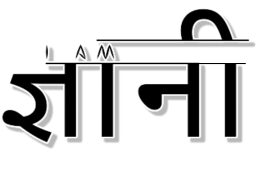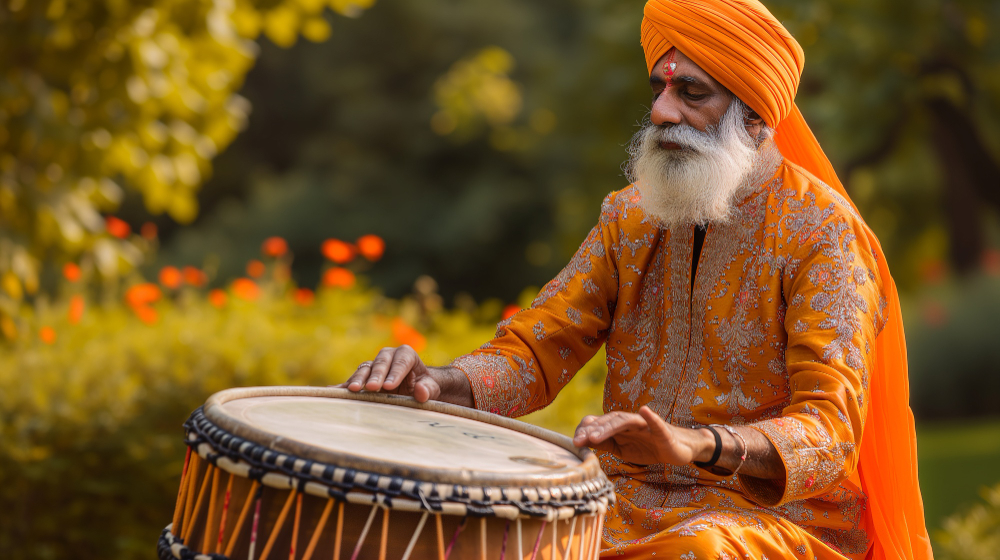Indian music is a rich and diverse art form with deep historical, cultural, and spiritual roots. It can be broadly divided into classical, folk, and contemporary music, each with its own unique features, traditions, and influences. Here’s an in-depth look at Indian music:
1. Classical Music
Indian classical music is divided into two major traditions: Hindustani (North Indian) and Carnatic (South Indian).
Hindustani Music
- Origins: Evolved during the 12th century, influenced by Persian, Turkic, and Mughal cultural elements.
- Key Features:
- Raga: A melodic framework consisting of specific notes and mood expressions.
- Tala: A rhythmic cycle used to structure compositions.
- Forms:
- Dhrupad: An ancient and devotional form, emphasizing discipline and spirituality.
- Khayal: A more expressive and flexible form of classical singing.
- Thumri: Light classical form with romantic themes.
- Instruments:
- Sitar: A plucked string instrument.
- Tabla: A pair of hand-played drums.
- Sarod: A lute-like string instrument.
- Bansuri: A bamboo flute.
Carnatic Music
- Origins: Rooted in the temples of South India, closely tied to Hindu devotion.
- Key Features:
- Focus on compositions by saints like Tyagaraja, Muthuswami Dikshitar, and Syama Sastri.
- Emphasis on gamakas (ornamentation of notes).
- Forms:
- Kriti: Structured songs that form the backbone of Carnatic concerts.
- Alapana: Improvisation introducing the raga.
- Tillana: Rhythmic and vibrant compositions often used in dance.
- Instruments:
- Veena: A string instrument.
- Mridangam: A percussion instrument.
- Violin: Adapted for Carnatic music.
- Ghatam: A clay pot used for rhythm.
2. Folk Music
- Diversity: Reflects regional, linguistic, and cultural diversity.
- Themes: Agriculture, festivals, rituals, and daily life.
- Examples:
- Bihu (Assam): Celebrates the harvest.
- Baul (Bengal): Mystical and spiritual.
- Rajasthani Folk: Rich in storytelling, using instruments like the sarangi and khartal.
- Lavani (Maharashtra): Energetic and accompanied by dance.
- Bhavageet (Karnataka): Expressive and lyrical.
3. Devotional Music
- Bhajans: Devotional songs dedicated to Hindu deities, often sung in groups.
- Qawwalis: Sufi devotional music, known for its spiritual fervor and use of harmoniums and tabla.
- Kirtans: Call-and-response chanting in Sikhism and Vaishnavism.
- Keertanas: Devotional songs in Carnatic tradition.
4. Contemporary Music
- Bollywood Music: A mix of Indian and Western styles, known for its catchy tunes and mass appeal.
- Indian Rock and Fusion: Combines Indian classical or folk with rock, jazz, or electronic music. Notable bands include Indian Ocean and Shakti.
- Pop Music: Artists like Alisha Chinai, Lucky Ali, and Neha Kakkar blend Indian and global influences.
5. Instruments in Indian Music
String Instruments:
- Sitar, Sarod, Veena, Santoor, Tanpura.
Wind Instruments:
- Bansuri (flute), Shehnai.
Percussion:
- Tabla, Mridangam, Dhol, Pakhawaj.
Others:
- Harmonium, Ghatam, Khanjira.
6. Role of Music in Indian Culture
- Spiritual Significance: Classical music often aims to evoke spirituality and elevate the soul.
- Social Connection: Folk music connects communities during celebrations, rituals, and festivals.
- Cinematic Impact: Bollywood music shapes popular culture and influences millions.
Indian music, deeply intertwined with the country’s cultural identity, continues to evolve while preserving its traditional roots.
Indian music is a rich and diverse art form with deep historical, cultural, and spiritual roots. It can be broadly divided into classical, folk, and contemporary music, each with its own unique features, traditions, and influences. Here’s an in-depth look at Indian music:
1. Classical Music
Indian classical music is divided into two major traditions: Hindustani (North Indian) and Carnatic (South Indian).
Hindustani Music
- Origins: Evolved during the 12th century, influenced by Persian, Turkic, and Mughal cultural elements.
- Key Features:
- Raga: A melodic framework consisting of specific notes and mood expressions.
- Tala: A rhythmic cycle used to structure compositions.
- Forms:
- Dhrupad: An ancient and devotional form, emphasizing discipline and spirituality.
- Khayal: A more expressive and flexible form of classical singing.
- Thumri: Light classical form with romantic themes.
- Instruments:
- Sitar: A plucked string instrument.
- Tabla: A pair of hand-played drums.
- Sarod: A lute-like string instrument.
- Bansuri: A bamboo flute.
Carnatic Music
- Origins: Rooted in the temples of South India, closely tied to Hindu devotion.
- Key Features:
- Focus on compositions by saints like Tyagaraja, Muthuswami Dikshitar, and Syama Sastri.
- Emphasis on gamakas (ornamentation of notes).
- Forms:
- Kriti: Structured songs that form the backbone of Carnatic concerts.
- Alapana: Improvisation introducing the raga.
- Tillana: Rhythmic and vibrant compositions often used in dance.
- Instruments:
- Veena: A string instrument.
- Mridangam: A percussion instrument.
- Violin: Adapted for Carnatic music.
- Ghatam: A clay pot used for rhythm.
2. Folk Music
- Diversity: Reflects regional, linguistic, and cultural diversity.
- Themes: Agriculture, festivals, rituals, and daily life.
- Examples:
- Bihu (Assam): Celebrates the harvest.
- Baul (Bengal): Mystical and spiritual.
- Rajasthani Folk: Rich in storytelling, using instruments like the sarangi and khartal.
- Lavani (Maharashtra): Energetic and accompanied by dance.
- Bhavageet (Karnataka): Expressive and lyrical.
3. Devotional Music
- Bhajans: Devotional songs dedicated to Hindu deities, often sung in groups.
- Qawwalis: Sufi devotional music, known for its spiritual fervor and use of harmoniums and tabla.
- Kirtans: Call-and-response chanting in Sikhism and Vaishnavism.
- Keertanas: Devotional songs in Carnatic tradition.
4. Contemporary Music
- Bollywood Music: A mix of Indian and Western styles, known for its catchy tunes and mass appeal.
- Indian Rock and Fusion: Combines Indian classical or folk with rock, jazz, or electronic music. Notable bands include Indian Ocean and Shakti.
- Pop Music: Artists like Alisha Chinai, Lucky Ali, and Neha Kakkar blend Indian and global influences.
5. Instruments in Indian Music
String Instruments:
- Sitar, Sarod, Veena, Santoor, Tanpura.
Wind Instruments:
- Bansuri (flute), Shehnai.
Percussion:
- Tabla, Mridangam, Dhol, Pakhawaj.
Others:
- Harmonium, Ghatam, Khanjira.
6. Role of Music in Indian Culture
- Spiritual Significance: Classical music often aims to evoke spirituality and elevate the soul.
- Social Connection: Folk music connects communities during celebrations, rituals, and festivals.
- Cinematic Impact: Bollywood music shapes popular culture and influences millions.
Indian music, deeply intertwined with the country’s cultural identity, continues to evolve while preserving its traditional roots.

